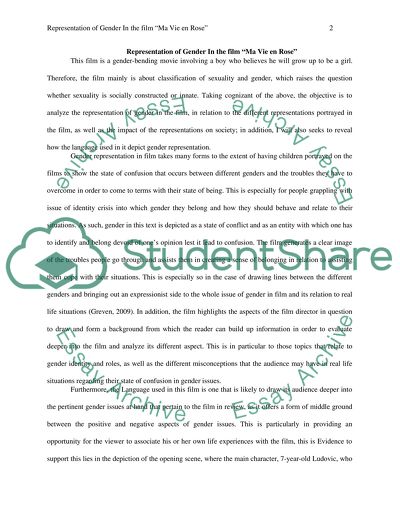Cite this document
(“Representation of Gender In the film Ma Vie en Rose Essay”, n.d.)
Representation of Gender In the film Ma Vie en Rose Essay. Retrieved from https://studentshare.org/journalism-communication/1473295-representation-of-gender-in-the-film-ma-vie-en-rose
Representation of Gender In the film Ma Vie en Rose Essay. Retrieved from https://studentshare.org/journalism-communication/1473295-representation-of-gender-in-the-film-ma-vie-en-rose
(Representation of Gender In the Film Ma Vie En Rose Essay)
Representation of Gender In the Film Ma Vie En Rose Essay. https://studentshare.org/journalism-communication/1473295-representation-of-gender-in-the-film-ma-vie-en-rose.
Representation of Gender In the Film Ma Vie En Rose Essay. https://studentshare.org/journalism-communication/1473295-representation-of-gender-in-the-film-ma-vie-en-rose.
“Representation of Gender In the Film Ma Vie En Rose Essay”, n.d. https://studentshare.org/journalism-communication/1473295-representation-of-gender-in-the-film-ma-vie-en-rose.


